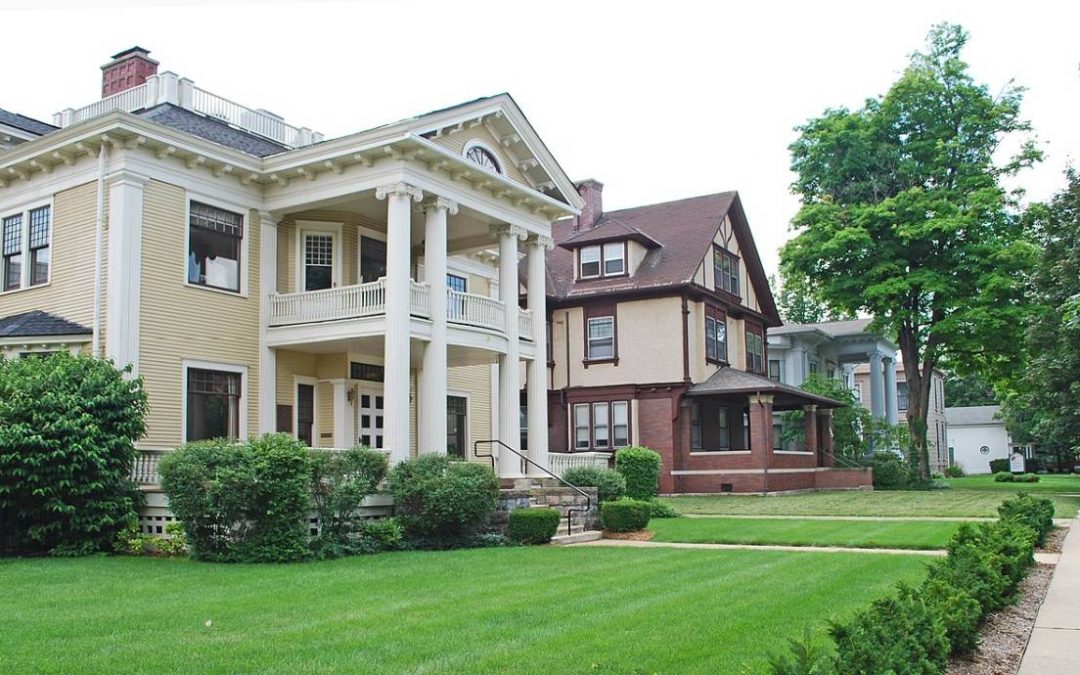The Wolverine State, the Mitten State, the Great Lake State. Whatever you call it, Michigan is known for its natural beauty and unique geography. No city in Michigan is more unique than the city of Kalamazoo, known for its Potawatomi name, which has appeared in everything from Johnny Cash songs to Dr. Seuss books.
It’s a great place to call home, especially if home – meaning your yard – is as attractive as the rest of the city. Don’t worry about going all the way to Timbuktu to learn what grass works for your Kalamazoo lawn. We cover the very best types below.
In this article:
5 Cool-Season Grasses for Kalamazoo
In Michigan, where each season is distinct and vibrant and winters are frosty, cool-season grasses thrive. Cool-season grasses grow actively in early spring and fall. These grasses stay green late into the fall season before going dormant.
Here is a closer look at each.
Tall Fescue
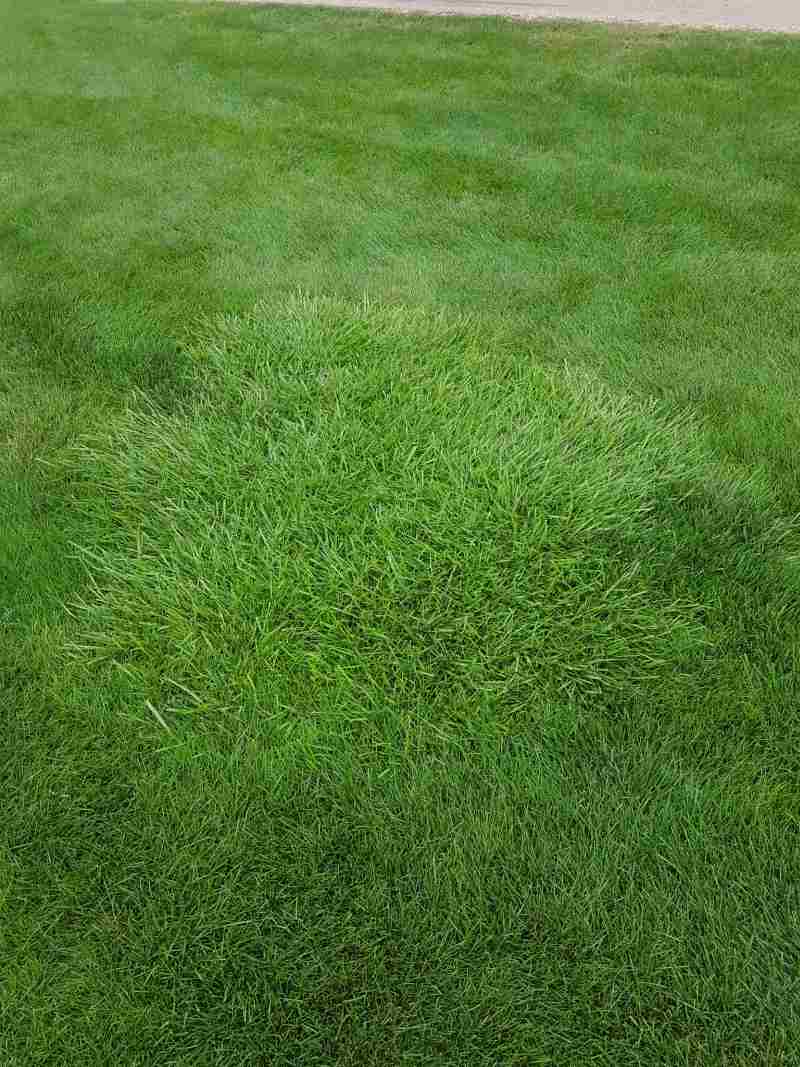
Photo Credit: Ty Haller / Flickr / CC BY 2.0
Tall fescue is a turfgrass that is native to Europe. It arrived in the United States in the 1800s. Now, this grass can be found all over the world.
This grass is very popular because it requires little maintenance and is incredibly durable. Tall fescue is a good option for homeowners concerned with conserving water. It possesses strong resistance to disease and insects. Tall fescue is a coarse grass that grows rapidly. As a weed, it can be tough to manage when mixed with other turfgrasses, so it’s best to seed tall fescue in a pure stand.
Classification: Cool-season grass
Spreads by: Bunch-type
Drought tolerance: High
Foot traffic tolerance: High
Shade tolerance: Moderate
Maintenance needs: Low
Recommended mowing height: No higher than 3 inches
Fine Fescue
Fine fescue grasses do well in shady locations. Chewings fescue, sheep fescue, and hard fescue are bunch-type grasses that grow slowly. Creeping red fescues, on the other hand, spread more rapidly because they have rhizomes.
Unlike tall fescue, it is best not to seed fine fescue in a pure stand due to its tendency to accumulate thatch. Fine fescue does well when blended with Kentucky bluegrass, however. Fine fescue can attract butterflies to your lawn but reists grazing animals like deer.
Classification: Cool-season grass
Spreads by: Bunch-type, rhizomes (creeping red only)
Drought tolerance: High
Foot traffic tolerance: Low
Shade tolerance: High
Maintenance needs: Low
Recommended mowing height: 2 to 3 inches
Colonial Bentgrass
Colonial bentgrass thrives in cool coastal regions but can be found in lawns and golf courses all over Michigan. This soft, fine-bladed, light green grass is great for picture-perfect lawns. But you can expect to spend more time maintaining colonial bentgrass due to its low tolerance to foot traffic and drought.
Classification: Cool-season grass
Spreads by: Rhizomes
Drought tolerance: Low
Foot traffic tolerance: Low
Shade tolerance: Moderate
Maintenance needs: Moderate to high
Recommended mowing height: ½ to 1 inch
Kentucky Bluegrass
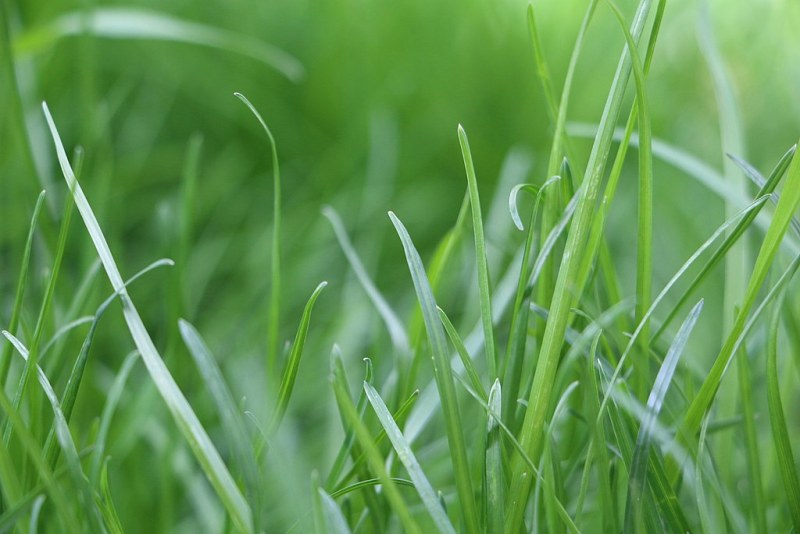
Photo Credit: Pilot138-17 / Wikimedia Commons / CC BY-SA 4.0
Kentucky bluegrass is the most popular turfgrass in Michigan and for good reason. This grass is known for being long-lasting and recovering well in areas with high traffic. Blended with other turfgrasses, Kentucky bluegrass thrives under a variety of conditions. It can be identified by its distinctive boat-shaped leaves which are dark green in color.
Classification: Cool-season grass
Spreads by: Rhizomes
Drought tolerance: Low
Foot traffic tolerance: High
Shade tolerance: Moderate
Maintenance needs: Moderate
Recommended mowing height: 2 to 2 ½ inches
Perennial Ryegrass

Photo Credit: Dr Mary Gillham Archive Project / Flickr / CC BY 2.0
Perennial ryegrass is great for use in lawns with heavy foot traffic because of how quickly it establishes. These grasses have long growing seasons and can also be used for grazing. Perennial ryegrass is very adaptable to a wide variety of soils but does best in fertile, well-drained soil.
Classification: Cool-season grass
Spreads by: Bunch-type
Drought tolerance: High
Foot traffic tolerance: High
Shade tolerance: Low
Maintenance needs: Moderate
Recommended mowing height: 1 to 2 inches
Warm-Season and Alternative Grass Options for Kalamazoo
Warm-season grasses grow actively in late spring and summer. While these grasses thrive better in southern states, they can be extremely low maintenance due to their drought tolerance. If you’re looking for alternative lawn options that require less mowing, grasslike perennials can be a good choice.
Buffalo Grass
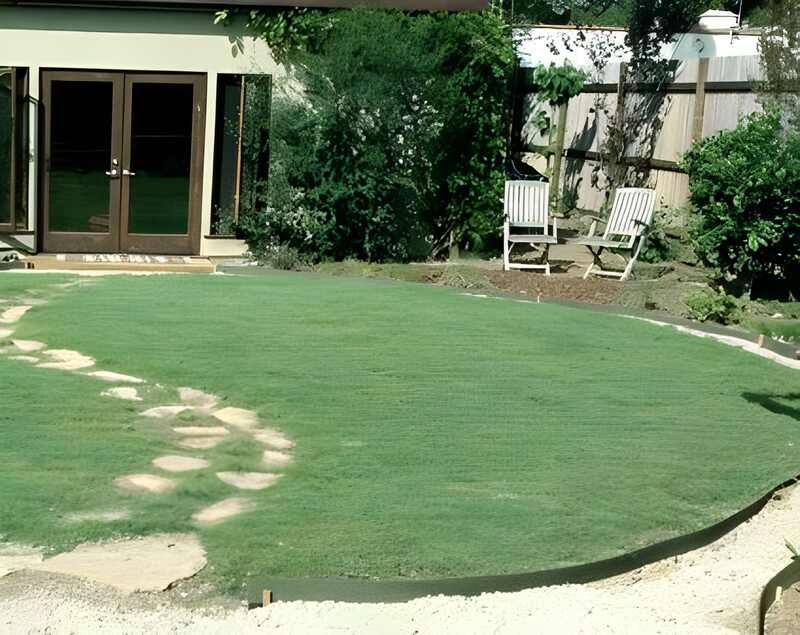
Photo Credit: Susan Harris / Flickr / CC BY 2.0
Buffalo grass is one of the most drought-tolerant grasses. While warm-season grasses such as this one may brown earlier in the fall than cool season grasses, this grass does well once established.
Buffalo grass has high seed and sod costs. However, buffalograss can be sustained with very little fertilizer, water, or mowing. It also resists weeds more than other varieties.
Classification: Warm-season grass
Spreads by: Stolons
Drought tolerance: High
Foot traffic tolerance: Low
Shade tolerance: Low
Maintenance needs: Low
Recommended mowing height: 1 to 2 inches
Pennsylvania Sedge
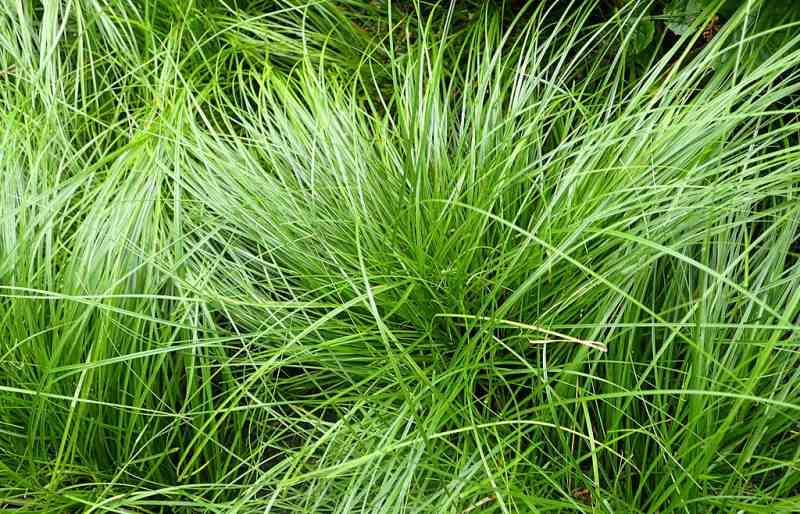
Photo Credit: Krzysztof Ziarnek, Kenraiz / Wikimedia Commons / CC BY-SA 4.0
Pennsylvania sedge is a grasslike plant that is a perfect ground cover alternative for lawns. When planted properly, this perennial functions like a lawn but requires minimal mowing or fertilizing. Good for areas with heavy shade, Pennsylvania sedge is perfect for a woodland garden.
Classification: Grass-like perennial
Spreads by: Rhizomes
Drought tolerance: High
Foot traffic tolerance: Low
Shade tolerance: High
Maintenance needs: Low
Recommended mowing height: 3 to 4 inches
FAQ
Tall fescue is not only low maintenance but a very durable grass type.
Perennial ryegrass and Kentucky bluegrass are the best options for lawns that get a lot of use.
Fine fescue grasses tolerate heavy shade very well.
Tall fescue, creeping red fescue, perennial ryegrass, and Kentucky bluegrass are all good grass types for homeowners with pets due to their high urine tolerance.
The Final Word
Each of these common Kalamazoo grass types has characteristics that make it suitable for certain lawn conditions. Homeowners should select the grass type that best aligns with their lawn’s conditions, aesthetic preferences, and the level of maintenance they prefer.
Other ways to make your lawn the envy of the neighborhood and help it thrive in Michigan’s weather is by incorporating native plants. Check out our list of native plants to find low maintenance options that can survive Michigan winters. For help with lawn maintenance in Kalamazoo, contact your local professional.
Main Photo Credit: Andrew Jameson / Wikimedia Commons / CC BY-SA 3.0

